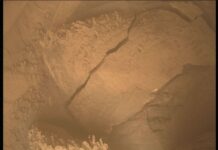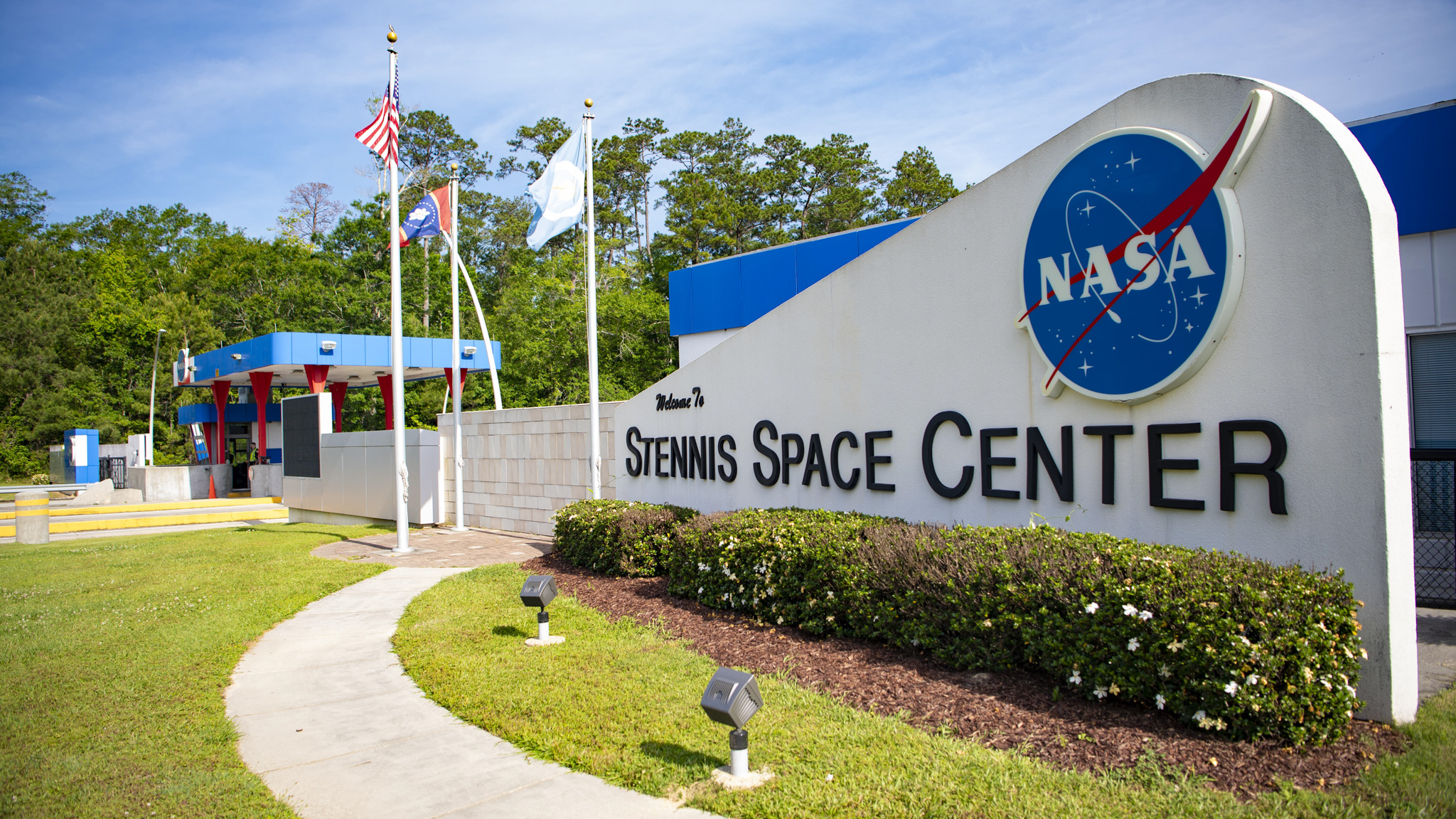NASA Stennis Space Center Advances ASTRA Mission with New Agreement
The NASA Stennis Space Center, located near Bay St. Louis, Mississippi, has announced a significant development in its in-space autonomous systems payload mission. On Wednesday, the center confirmed it would continue its pioneering ASTRA (Autonomous Satellite Technology for Resilient Applications) mission aboard an orbiting satellite through a follow-on agreement with Sidus Space, Inc.
Chris Carmichael, who leads the Stennis Autonomous Systems Laboratory (ASL) branch at NASA Stennis, expressed excitement about the continuation of the ASTRA mission. "We are excited to report the historic ASTRA mission will continue," he stated. "We look forward to working with Sidus Space to demonstrate the capabilities of the NASA Stennis payload and our autonomous systems team."
ASTRA Mission: Enhancing Satellite Operations
With this new agreement, the ASTRA payload will play a crucial role in collecting onboard data related to satellite systems and managing the satellite’s Electrical Power System (EPS). The NASA Stennis ASTRA system is designed to monitor and autonomously optimize the satellite’s battery system. This ensures that the satellite remains operational throughout its mission duration. The innovative ASTRA EPS management capability introduces a new level of adaptability and efficiency in overseeing satellite operations.
ASTRA Technology: A Collaborative Endeavor
Developed by NASA Stennis, ASTRA is an on-orbit mission aimed at demonstrating an autonomous systems hardware and software payload. This technology demonstrator is a payload aboard the Sidus Space LizzieSat-1 (LS-1) small satellite. Sidus Space is responsible for all mission operations of LS-1, including its launch and activation.
The LS-1 small satellite was successfully launched into space on March 4 through the SpaceX Transporter 10 rideshare mission. On the same day, the satellite was deployed. Following its deployment, Sidus Space activated the payload, and the NASA Stennis team collaborated with the company to establish a telemetry link. This link is essential for sending and receiving data between the ASTRA Payload Operation Command Center at the NASA site and the satellite.
The ASL team proceeded to check out and verify the operation of ASTRA, confirming in early July that the primary mission objectives of ASTRA were met successfully.
Future Focus: Autonomous System Management
The team is now dedicated to demonstrating autonomous system management as part of the LS-1 satellite’s planned four-year mission. Carmichael emphasized the importance of this mission for advancing autonomous systems work, stating, "We are excited about the opportunity to continue this unprecedented mission. Every step helps advance our autonomous systems work and lays a foundation for continued development and success."
Safe-by-Design Autonomous Systems
The NASA Stennis ASL team is committed to creating autonomous systems that are safe by design. The ASTRA mission showcases technology essential for future space missions by NASA and the industry. One of the core components of ASTRA is its ability to run a digital twin of key satellite systems. This digital twin identifies anomalies and autonomously generates plans to resolve these issues, ensuring the satellite operates smoothly.
Strategic Vision for the Future
The ongoing success of the ASTRA mission aligns with NASA Stennis’ strategic plans to design autonomous systems that will accelerate the development of intelligent aerospace systems and services for both government and industry. This vision aims to create more efficient, reliable, and intelligent space operations, paving the way for future advancements in aerospace technology.
Additional Insights and Reactions
This development is a significant step forward in the field of autonomous space technology. The ability to autonomously manage and optimize a satellite’s operations using onboard systems is a game-changer for space missions. It reduces the need for constant human intervention, allowing for more efficient and reliable satellite operations.
Moreover, the collaboration between NASA Stennis and Sidus Space is a testament to the importance of partnerships in advancing space technology. By combining resources and expertise, both organizations can achieve greater milestones and contribute to the broader goals of space exploration and technology development.
For those interested in learning more about NASA’s Stennis Space Center and its various missions, additional information can be found on their official website: NASA Stennis Space Center.
Conclusion
The continuation of the ASTRA mission marks a significant milestone in the realm of autonomous satellite technology. With its innovative approach to satellite system management and the successful collaboration with Sidus Space, NASA Stennis is poised to make substantial contributions to the future of space missions. The advancements made through the ASTRA mission will not only benefit NASA and the space industry but also set the stage for more intelligent and autonomous aerospace systems in the years to come.
This news serves as an informative update for those interested in space technology and autonomous systems, highlighting the ongoing efforts and achievements of NASA Stennis in advancing the capabilities of satellite operations. Through continued innovation and collaboration, the future of space exploration looks promising, with autonomous systems playing a crucial role in shaping the next era of aerospace technology.
For more Information, Refer to this article.

































